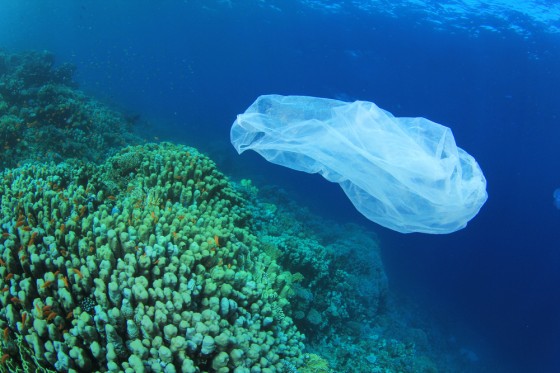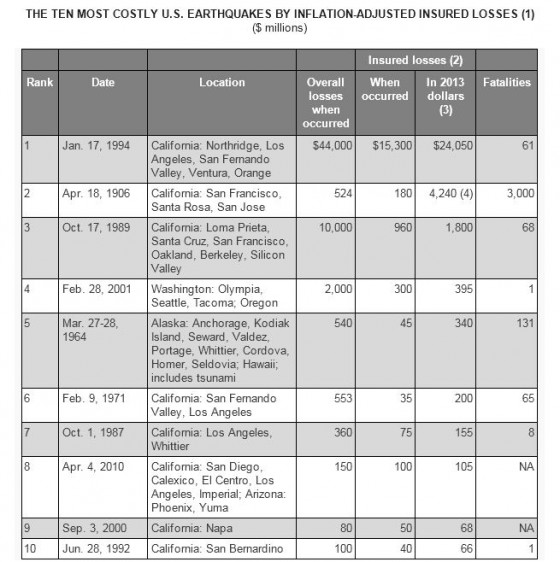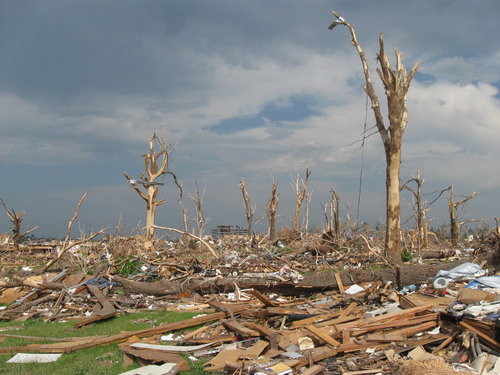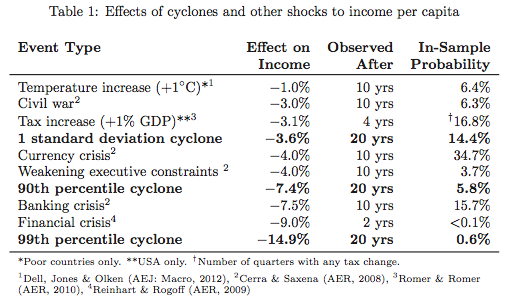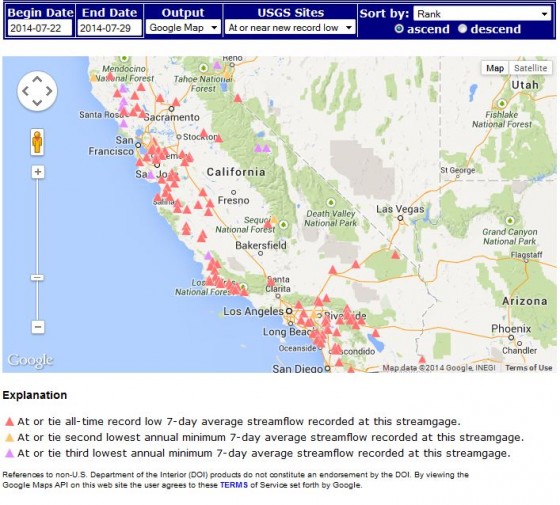For years, plastic bag manufacturers have prevented passage of laws banning their product in California, but they appear to have lost the battle. On Aug. 29, the California State Senate passed a ban on single-use plastic grocery bags—passed the day before by the State Assembly—making them the first state in the nation to do so. The bill awaits Gov. Jerry Brown’s signature.
Sponsored by Senators Alex Padilla (D-Pacoima), Kevin de Leon (D-Los Angeles) and Ricardo Lara (D-Huntington Park/Long Beach), the bill would phase out single-use plastic bags in California grocery stores, convenience stores, liquor stores and pharmacies.
“Single-use plastic bags are not just a coastal issue,” Sen. Alex Padilla said in a statement. “They are found in our mountains, our deserts, our rivers, streams and lakes. They are also in our parks and neighborhoods. It is a statewide problem that deserves a statewide solution.”
He explained that, “The so called, ‘progressive bag alliance’ is funded by the plastics industry. These out-of-state special interests are out of touch with California and our values.
Californians care about the environment. In cities and counties throughout the state, Californians are speaking out loud and clear in support of the bag ban.” Currently, 124 cities and counties in California have a local ordinance in place, covering 35% of the population.
More than 14 billion single-use plastic bags are given out by retailers annually and, according to the U.S. Environmental Protection Agency, 88% of these bags are not recycled. According to CalRecycle, in California, only 3% are recycled.
Massachusetts and Washington are also considering a ban on single-use bags. Seven states, including Hawaii, New York, Pennsylvania, Vermont and Virginia, are weighing state-imposed fees for plastic shopping bags, the Press Enterprise reported. Washington, D.C. has charged a fee of 5-cents per bag since 2010.
According to Sen. Padilla, SB 270 will:
• Prohibit grocery stores and pharmacies from making single-use plastic bags available, beginning July 1, 2015. If paper bags are offered to customers, they would have to include recycled content.
• Prohibit convenience stores and liquor stores from making single-use plastic bags available, beginning July 1, 2015.
• Grandfather in existing local ordinances.
• Provide up to $2 million in competitive loans to businesses transitioning to manufacture of reusable bags.
Under the new law, stores may sell paper, durable reusable bags, and compostable bags with a minimum charge of 10 cents each. The 10 cent charge is to encourage consumers to bring their own reusable bags. The bill also seeks to protect and create green jobs by creating standards and incentives for plastic bag manufacturers to transition to making reusable bags, according to Californians Against Waste (CAW).

